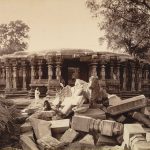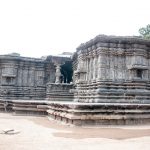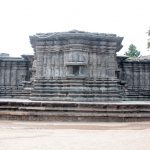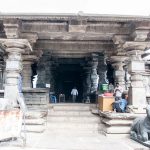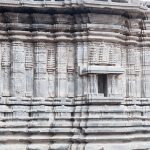Location
The Thousand Pillar Temple with its ruins lies near the Hanamkonda-Warangal Highway , about 150 kilometres (93 mi) from the city of Hyderabad.
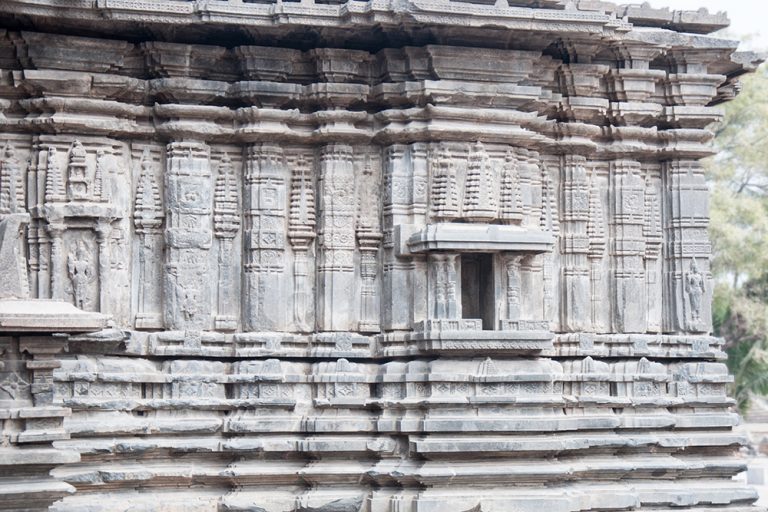
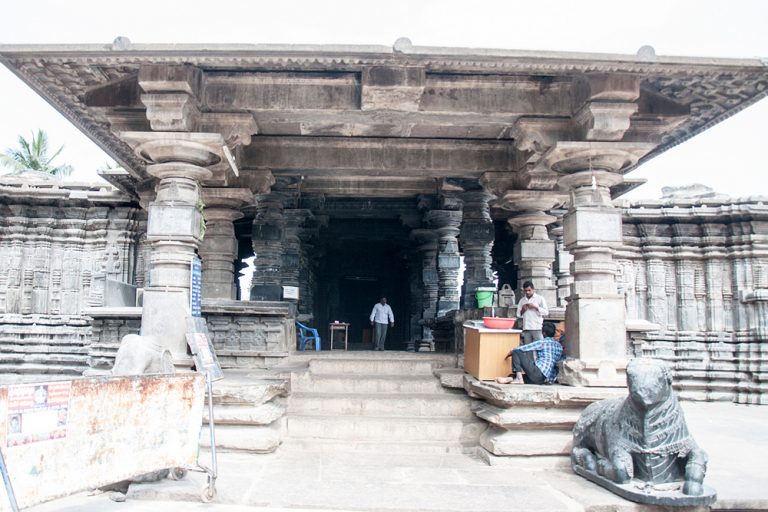
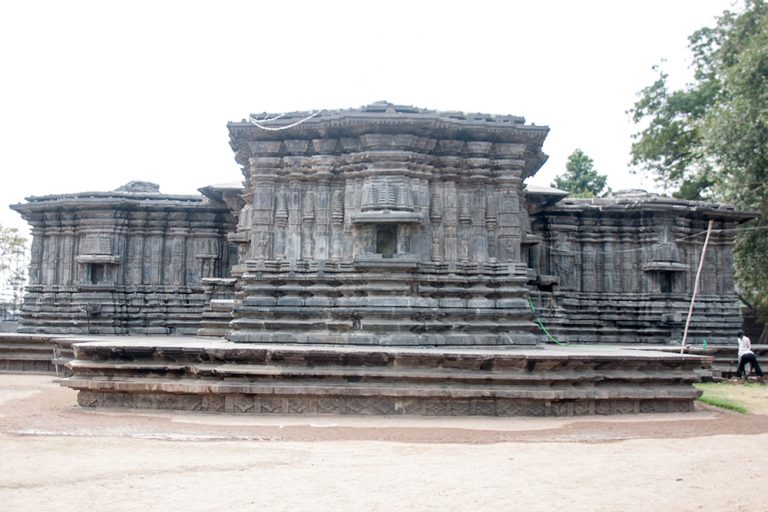
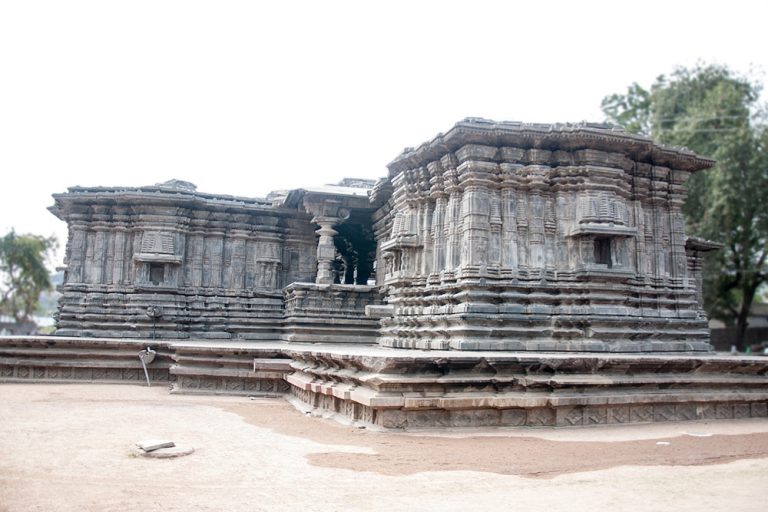
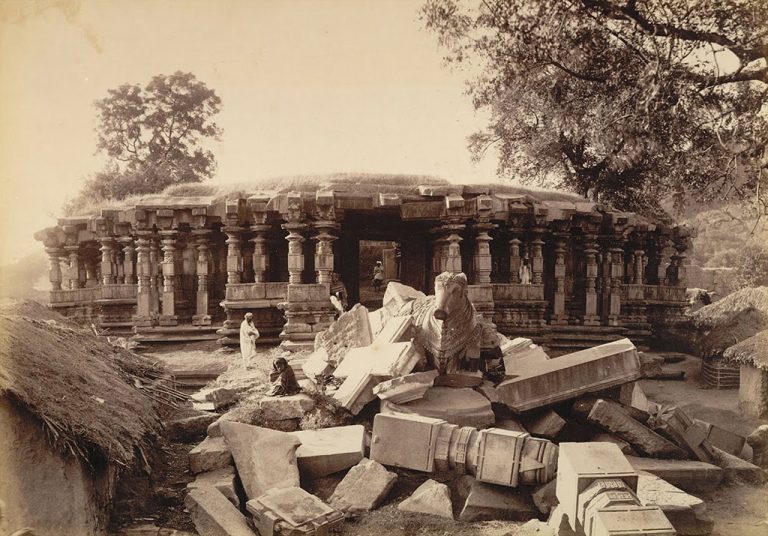
Description
The Rudreswara Temple, popularly known as Veyisthambala Gudi or the Thousand Pillars Temple, was constructed in 1163 AD by Rudra Deva. It exhibits a fusion of architectural styles from the later Chalukyan and early Kakatiyan periods. The temple follows a star-shaped plan and features triple shrines, known as Trikutalaya.
One of the remarkable aspects of the temple is its collection of one thousand intricately carved pillars. These pillars showcase exquisite craftsmanship and depict various motifs and designs. The temple also boasts perforated screens, which add to its architectural beauty. Additionally, the temple houses exquisite icons and rock-cut elephants, adding to its grandeur.
One of the notable features of the temple complex is the monolithic dolerite stone sculpture of Nandi, the sacred bull and the mount of Lord Shiva, positioned in front of the temple. This Nandi sculpture is meticulously carved and represents the skill and artistry of the artisans of that era.
The Rudreswara Temple showcases the fine examples of Kakatiya construction techniques. One such technique is the use of the sandbox technique to strengthen the foundations of the temple. This technique involves creating a layer of sand beneath the foundation stones to absorb the shock of earthquakes and prevent damage to the structure.
Another notable feature is the shiny polish found in the dolerite and granite stone sculptures. The artisans of the Kakatiya period were skilled in giving a lustrous finish to the stone carvings, which enhances their beauty and longevity.
The temple complex also includes the Nava Rangamandapa, a structure with nine sections. The craftwork and sculpture within the Nava Rangamandapa showcase the artistic excellence of the Kakatiya dynasty.
Overall, the Rudreswara Temple, with its stunning architecture, richly carved pillars, intricate sculptures, and exemplary construction techniques, stands as a testament to the artistic and architectural achievements of the later Chalukyan and early Kakatiyan periods.
Existing Condition
The temple was renovated in 2004 by the Archaeological Survey of India, and engineers have been working for the temple’s further renovation.
The Temple is a popular tourist attraction and it is maintained by the ASI, Hyderabad Circle .
Contributors
NIUM

